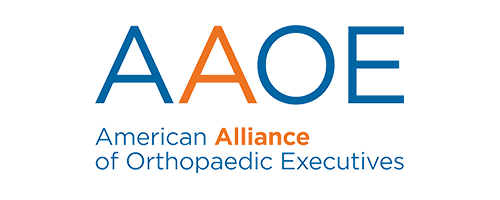Navigating the Depths of Healthcare Finance in Orthopedics
Healthcare finance in orthopedic practices can be as intricate as the care provided to patients. With a focus on comprehensive financial management, these practices can leverage strategic planning, cost accounting, and revenue cycle management to ensure both fiscal responsibility and exceptional patient care.
Orthopedic practices operate within a complex financial landscape that demands expertise in revenue management and an understanding of sustainable growth strategies. It is not just about maintaining the present; it’s also about investing intelligently for future advancements in patient care.
The Art of Revenue Cycle Management
To remain at the forefront of orthopedic healthcare services, practices must hone their revenue cycle management. This means not only ensuring that patient services are billed appropriately but also that these bills are converted efficiently into revenue streams. Superior revenue cycle management is a testament to a practice's commitment to financial competence and customer service.
Capitalizing on Diverse Revenue Sources
Practice viability is often underpinned by multiple revenue sources. These may include patient services that form the backbone of an orthopedic practice's income, alongside strategic capital contributions and loans. They support a robust infrastructure that, in turn, enables professionals to deliver top-notch orthopedic care.
The Cornerstone of Cost Accounting
Cost accounting is not merely about tracking expenses; it's about analyzing them to forge a path toward greater efficiency and effectiveness in patient service delivery. By precisely determining costs, orthopedic practices can achieve the industry standard in financial performance, strategically setting pricing that aligns with their value-driven care approach.
Managerial Accounting and Strategic Financial Planning
With dedicated financial foresight, practices can flourish. Managerial accounting provides a foundation for evidence-based decision-making and long-term goal setting. This focus on analytics and KPIs is reflective of AAOE’s commitment to elevating the field through education, resources, and networking opportunities that foster professional growth and organizational success.
Benchmarks for Success
Benchmarks serve as the navigational beacons for practices. Comparing against industry standards is not just about identifying gaps—it’s a proactive approach to resource management and advocacy. AAOE’s annual benchmarking survey covers everything from employee.
Forging Ahead
The intersection of healthcare finance and orthopedic innovation is a dynamic space. Orthopedic practices are tasked not only with managing their financial health but also with expanding their services to meet community needs.
In conclusion, it is important to remember that savvy healthcare finance strategies underpin a practice’s ability to provide exceptional patient care. If you are looking for additional resources for yourself or your staff, your practice can turn to AAOE's Foundations of Orthopedic Practice Management for education and resources that will help you navigate the financial currents and chart a course to continued success.
Note: This blog post was adapted from the finance module of AAOE’s Foundations of Practice Management course. Generative AI was used in part to create this content.
